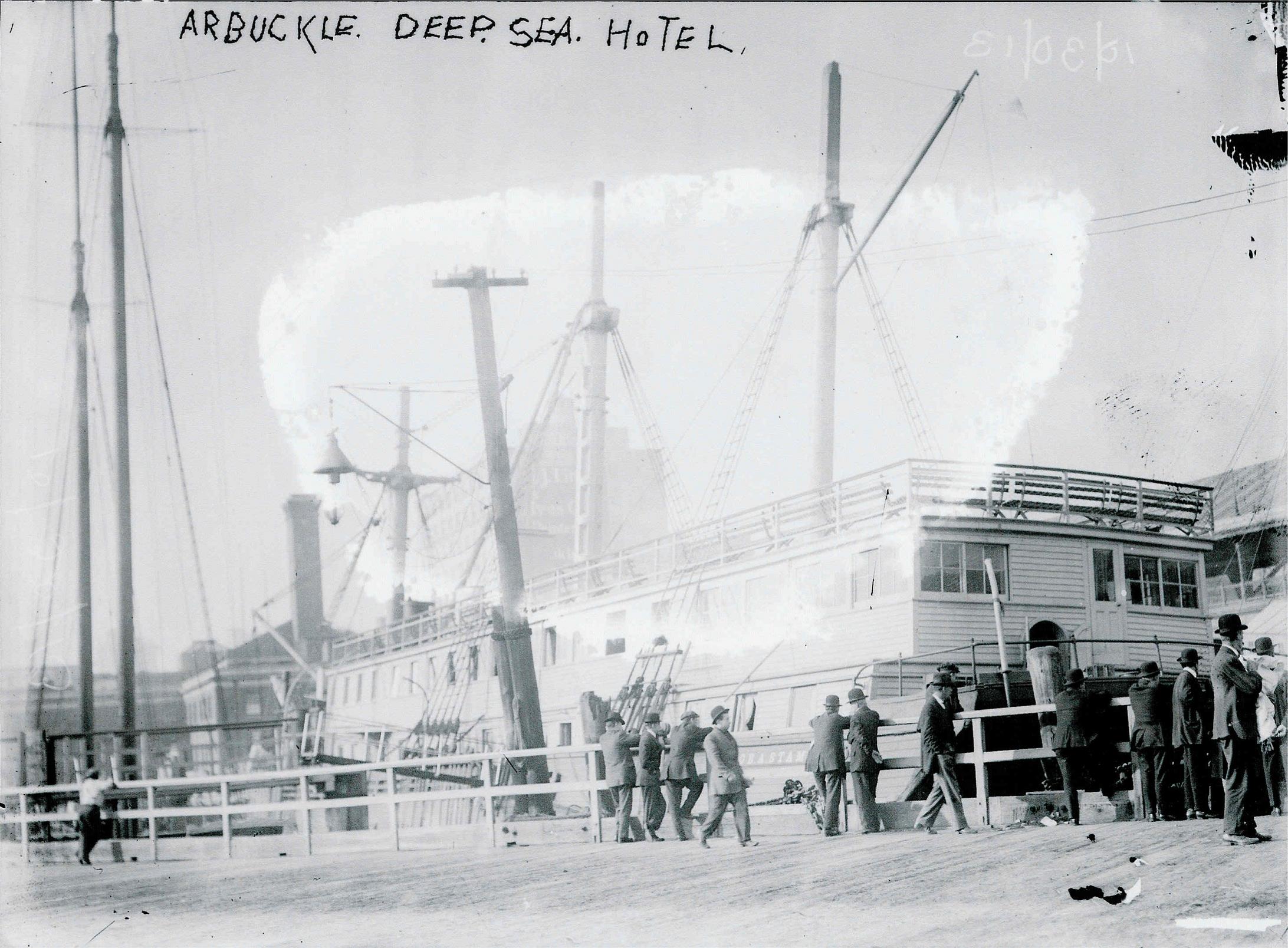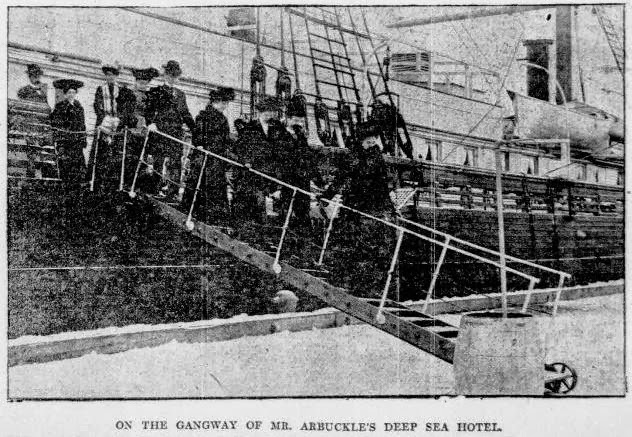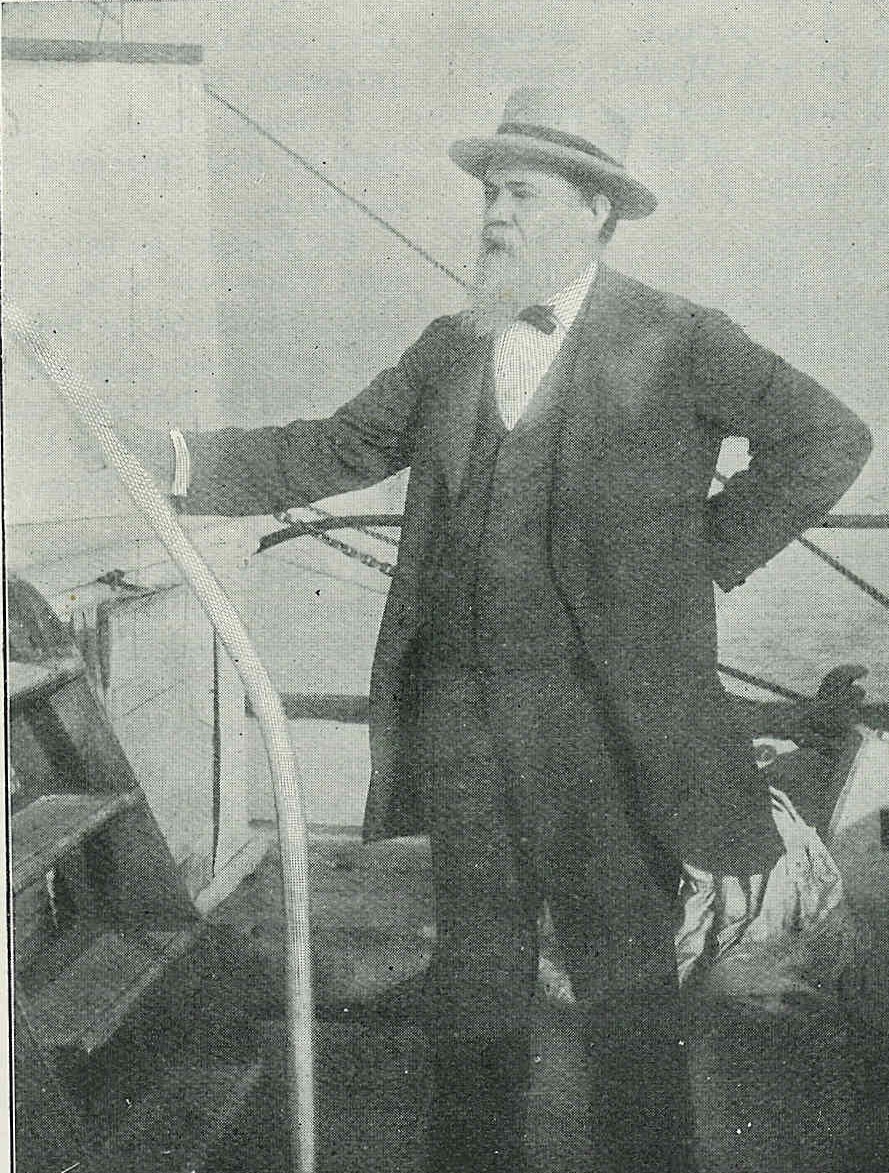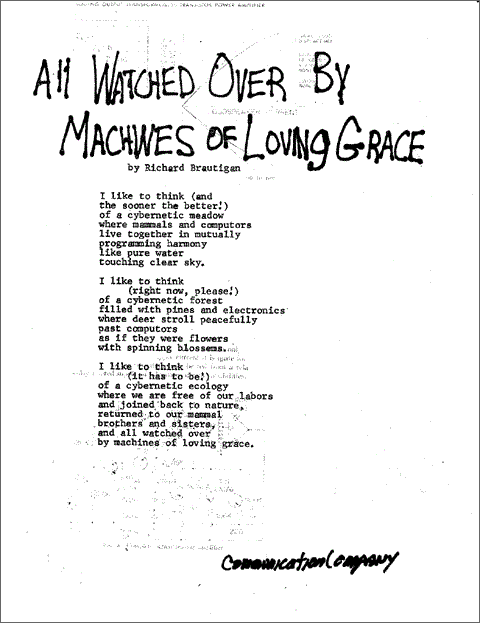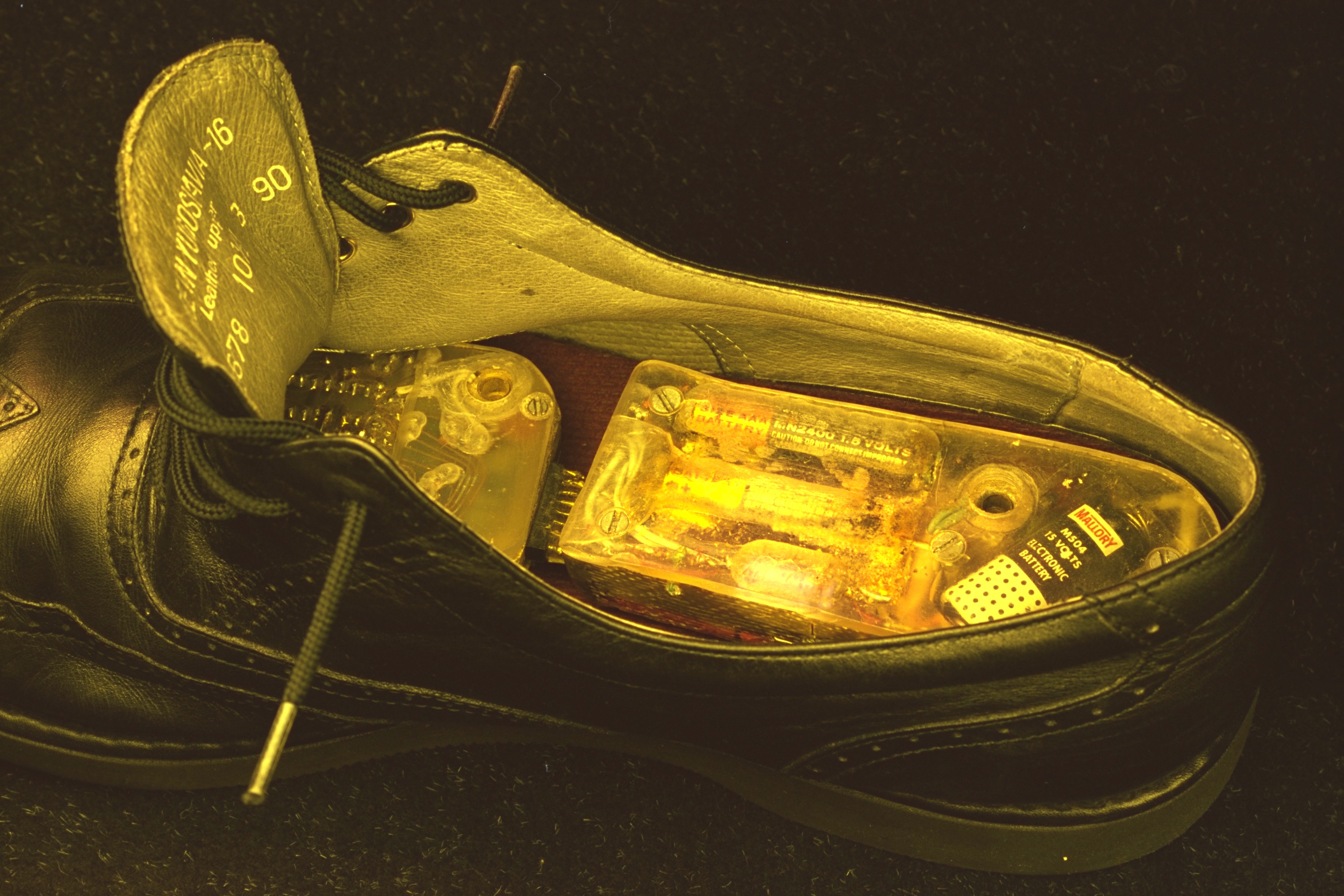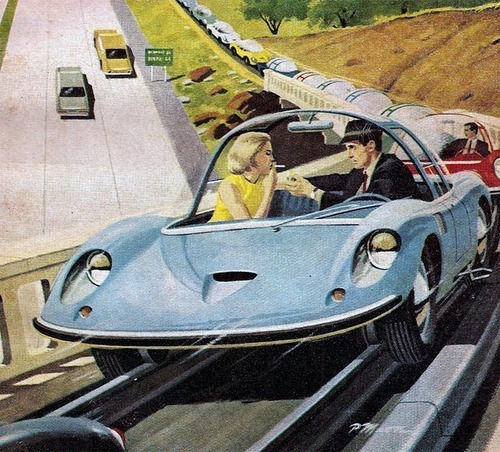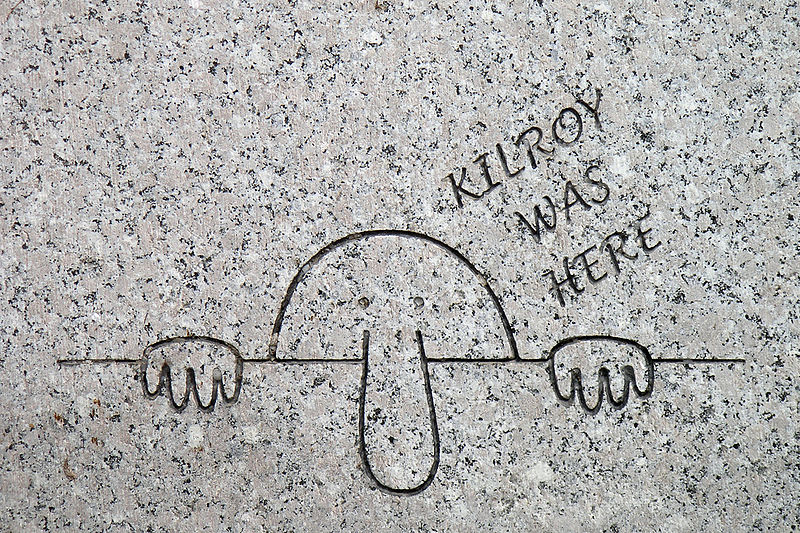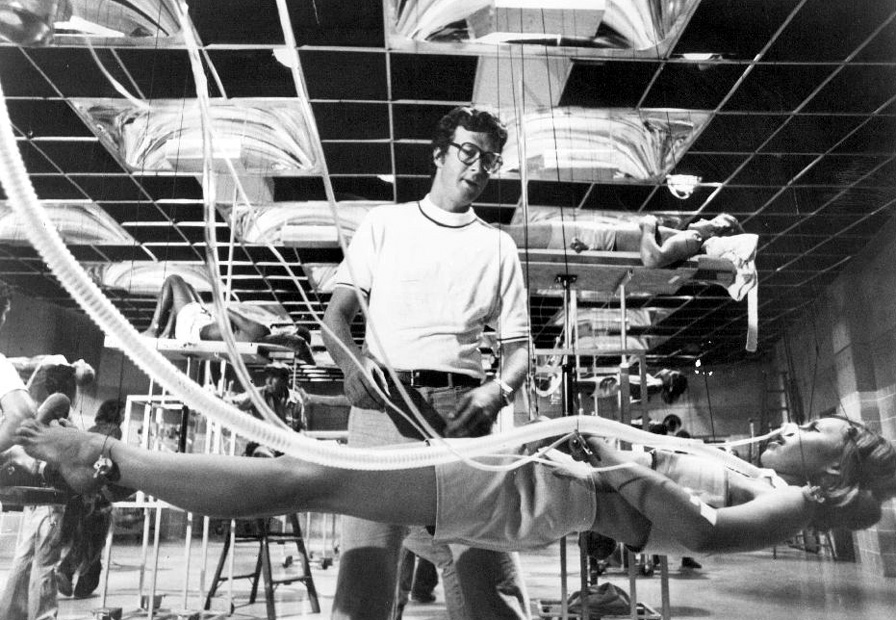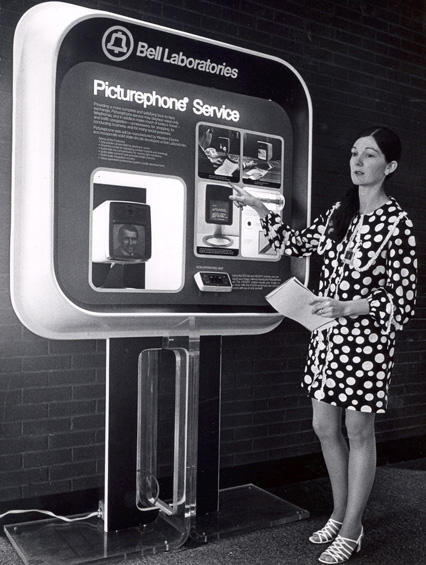John Arbuckle’s dream stayed afloat far longer than many expected. The coffee magnate and humanitarian decided, at the dawn of the twentieth century, to combat the lack of affordable lodgings in Manhattan by converting ships into floating apartment buildings for single, working-class folks. For roughly three dollars a week, hundreds of renters would get room and board and motion sickness. It wasn’t meant to make money (and did not since it never became as popular as the proprietor had hoped) but to be a gift to struggling people from a kindly man who was known as both a capitalist and a trust buster.
There were problems from the start, and the New York Times even sank the plan prematurely, but the company continued to offer “water beds” for a pittance until 1915, withdrawing its gangplank for good soon after Arbuckle’s death. Just three dozen women were residents at that point.
From an article in the July 17, 1901 Brooklyn Daily Eagle about the maiden voyage:
“John Arbuckle will open his floating hotels, now organized under the name of the Deep Sea Hotel Company, for business to-morrow evening. This evening he will take as guests a number of his friends and a party of newspaper men on the inaugural trip of the Jacob A. Stamler. The tugboat John Herlin will leave the foot of Atlantic Avenue at 6 o’clock with the guests and take them over to the ship, which is anchored off the Statue of Liberty. The Stamler was towed over there this morning, in order to be in readiness to sail this evening.
The yachts Giana and Hermit are anchored off Thirty-ninth Street, South Brooklyn, and will be placed in commission when their services are called for.
The final preparations on the vessels are only just completed. Handsome carpets have been laid down in the saloons, smoking room and on the berth deck. Every stateroom is handsomely carpeted and fitted up. The lower deck of the Stamler is mainly occupied by bath and toilet rooms of the latest design. The awning deck has been fitted up with seats, which can be converted into comfortable beds. The main and women’s saloons are fitted with Pullman berths, and the seats can also be used as berths. These saloons are fitted with handsomely upholstered chairs, hard wood tables and lounging chairs. The smoking room is equally well equipped. The ship is remarkably cool below decks, the air being kept in constant circulation by a large fan driven by steam. The entire ship s brilliantly lighted up with electric lights furnished by a dynamo in the engine room. The engine is utilized for hoisting in the anchor, getting coal and supplies on board and it does much of handling of the sails as well.
The kitchen is splendidly equipped. There is an immense range of the latest design, a large broiler and several soup and vegetable kettles. A ten ton ice refrigerator occupies one section and a dumb waiter connects the culinary department with the pantry on the saloon deck. What is said of the Stamler applies equally, but in a smaller degree to the schooner yachts Hermit and Gitana.
Every precaution will be taken to prevent the semblance of rowdyism, as Mr. Arbuckle said to an Eagle reporter today: ‘I will have a couple of special policemen, big and strong enough to shake the toe nails of any one who attempts to cause annoyance on board, and pitch him in the blackhole of the John Herlin afterward. I sincerely hope there will be no need to call on their service, but nothing wrong will be tolerated for an instant.’
The floating hotels will open for business to-morrow evening.”

